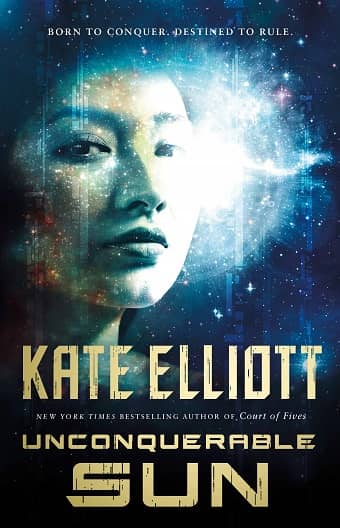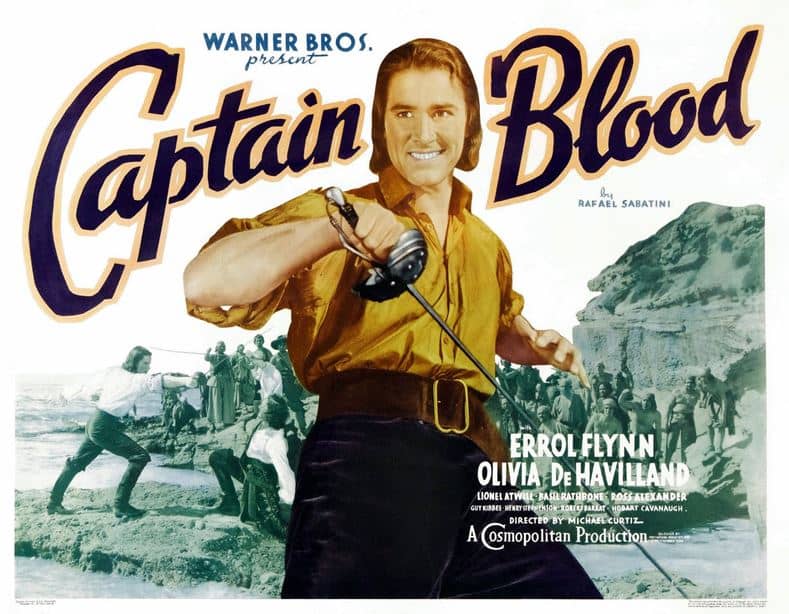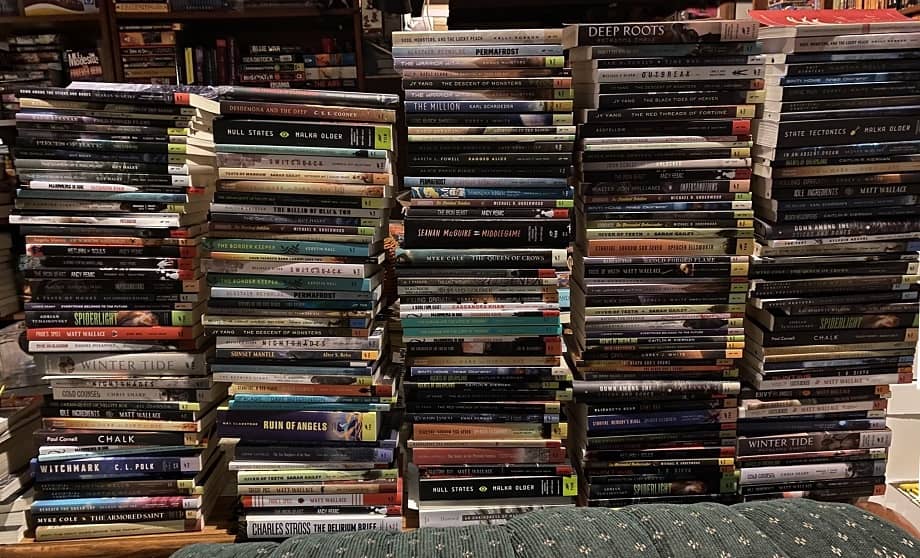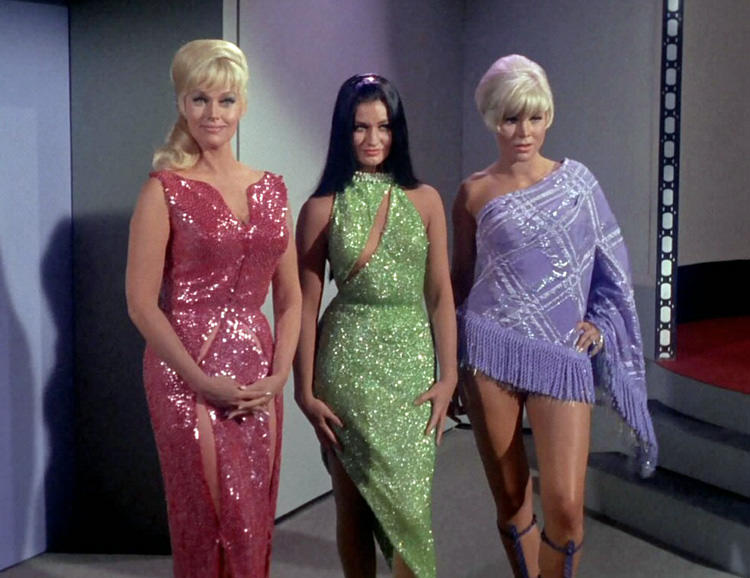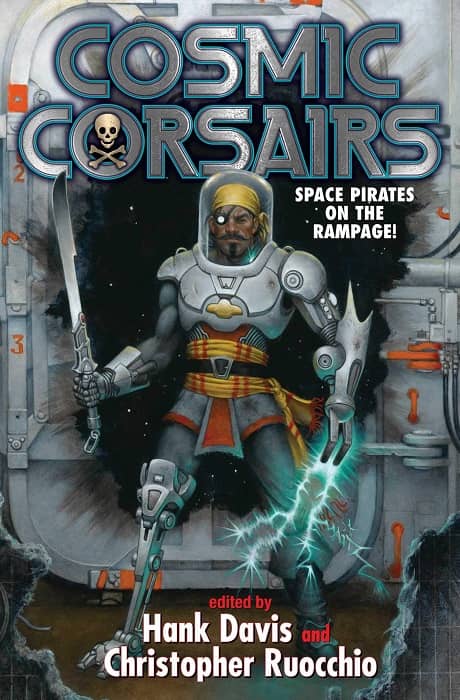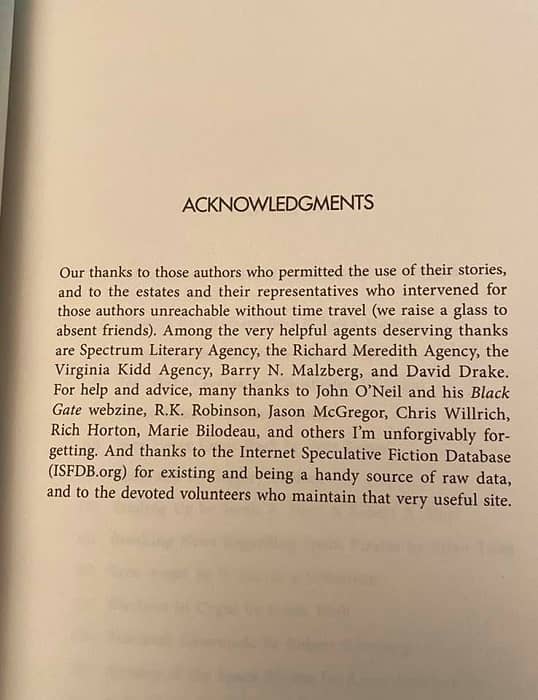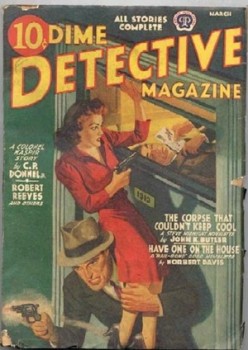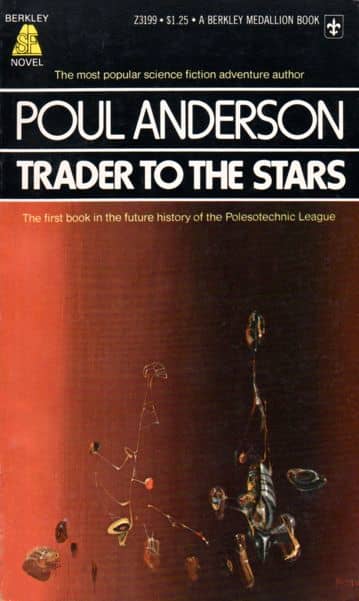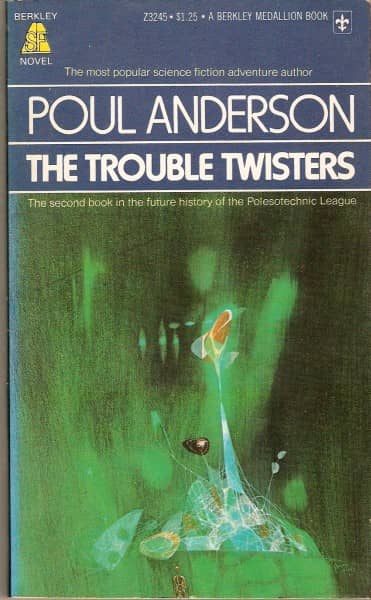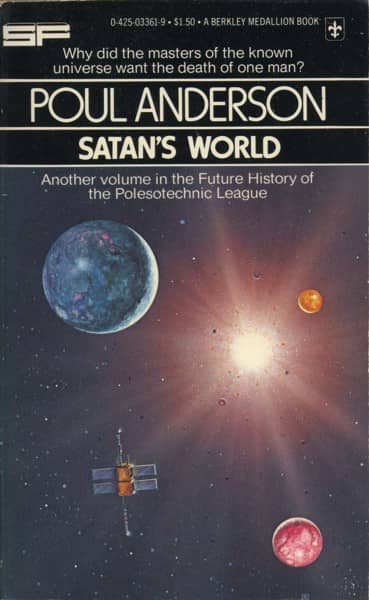Fantasia 2020, Part I: Introduction and Preview
 Usually by this point in the year I’ve begun posting reviews of films I saw earlier in the summer at Montreal’s Fantasia International Film Festival. Here as elsewhere, things are different in 2020. When the coronavirus pandemic hit, Fantasia was postponed to the end of August. It looked like this year’s Festival was in danger of not happening at all. But the wonderful and dedicated people behind Fantasia have made it work; the 24th edition of Fantasia begins today and runs through September 2, with no theatrical showings but over 100 feature films streamed online.
Usually by this point in the year I’ve begun posting reviews of films I saw earlier in the summer at Montreal’s Fantasia International Film Festival. Here as elsewhere, things are different in 2020. When the coronavirus pandemic hit, Fantasia was postponed to the end of August. It looked like this year’s Festival was in danger of not happening at all. But the wonderful and dedicated people behind Fantasia have made it work; the 24th edition of Fantasia begins today and runs through September 2, with no theatrical showings but over 100 feature films streamed online.
That’s a lot of movies, a bit less than the 130 or so features Fantasia usually hosts, but a lot more than you might expect under the circumstances. Last year’s Toronto International Film Festival had 245 feature-length films; this year’s will have 50. So the amount of movies at Fantasia suggests a lot of work by the organisers, as well as a healthy level of activity in genre film production worldwide.
Some of the movies at Fantasia are scheduled to play at specific times, while a number of others are available on demand at any point during the festival. Anyone in Canada can buy a ticket to a movie at this year’s Fantasia for CAN$8. Rights issues mean the films have to be geolocked to Canada — but the festival’s also hosting special events available free worldwide to anyone who wants to watch them, including a masterclass with John Carpenter, a presentation on Afrofuturism, and a panel in resistance in folk horror.
Usually when I write about Fantasia I try to get across the experience of being at a film festival. There’ll be less of that in 2020, though I do want to reflect on how different I find the feel of this year. (Will horror films be less overwhelming on the small screen, or more threatening because they’ve invaded my home?) I don’t really know what it’ll be like. But I’m eager to find out.
Find the rest of my Fantasia coverage from this and previous years here!
Matthew David Surridge is the author of “The Word of Azrael,” from Black Gate 14. You can buy collections of his essays on fantasy novels here and here. His Patreon, hosting a short fiction project based around the lore within a Victorian Book of Days, is here. You can find him on Facebook, or follow his Twitter account, Fell_Gard.
